Invited Keynote
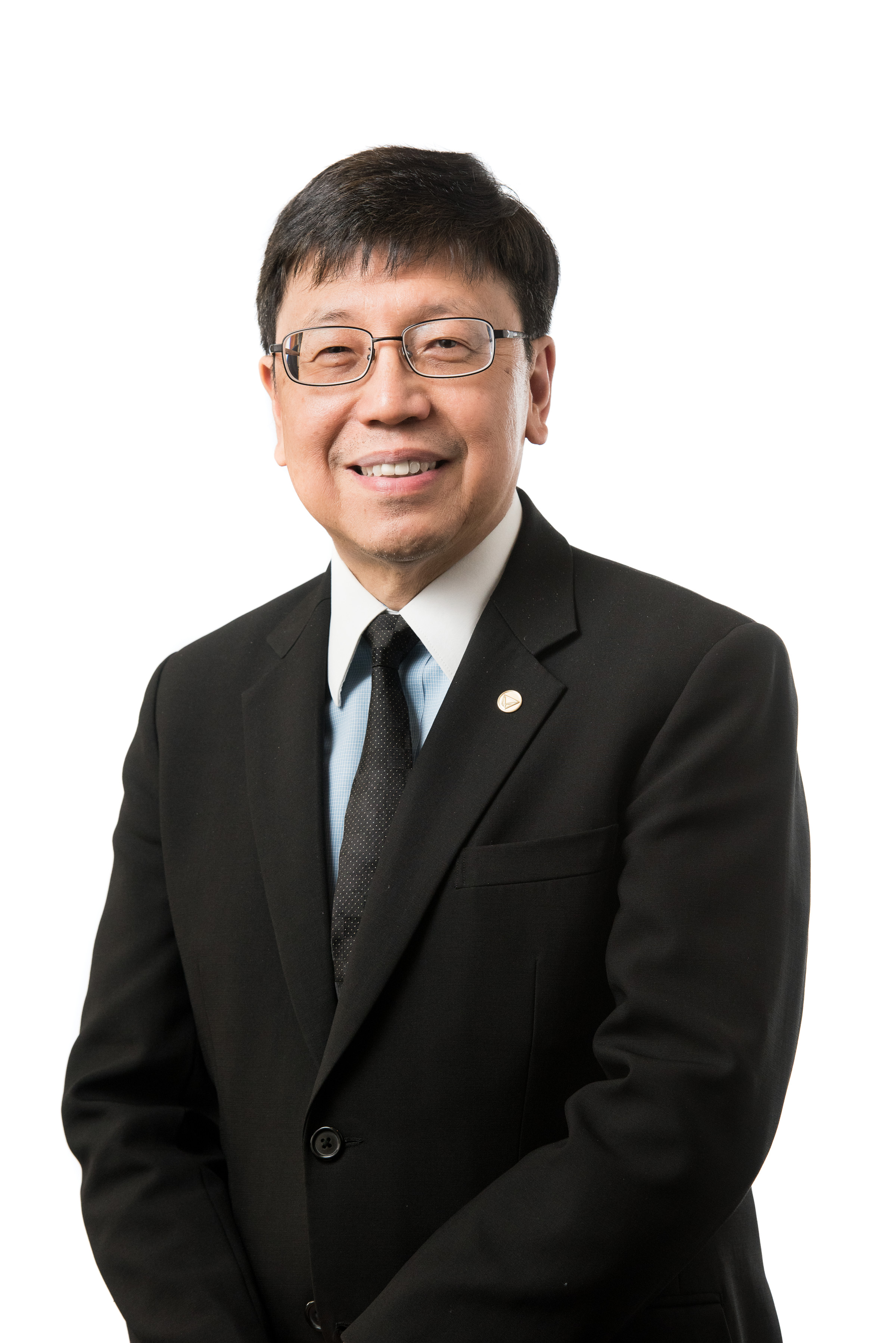 |
Prof. Chien Ming WANG
Transport and Main Roads (TMR) Chair Professor of Structural Engineering
School of Civil Engineering, The University of Queensland, Australia
Topic:
Floating Infrastructure for Offshore Aquaculture Farms
Date: 6 July 2023
Time: 14:00 – 14:30
|
|
Abstract:
This talk is concerned with advances in research and developments on floating infrastructure for offshore aquaculture farms. Most marine aquaculture currently takes place in nearshore sheltered waters for easy access from the shore and protection from strong waves and currents. So, aquaculture farm operators can keep their infrastructure, operations and maintenance costs relatively low as well as to minimize the risk of damage to their farms during storms. However, nearshore aquaculture has to compete with other coastal activities such as shipping, fishing, tourism, conservation and recreation. To deal with the limited and contested nearshore space issue, aquaculture operators worldwide are planning to move their farms to more exposed or offshore sites. Moreover, these spacious sites provide better water quality and lower temperature which are important to the health of aquatic animals such as fish; and the strong waves and currents help to disperse waste, reduce biofouling, and avoid coastal ecosystem degradation often seen in nearshore aquaculture farms. In the talk, we first discuss the challenges encountered in offshore fish and seaweed farms. This is followed by a summary of recent advances and research needs in developing floating infrastructure (platforms, fish pens, mooring line systems) for offshore fish farming and seaweed cultivation.
|
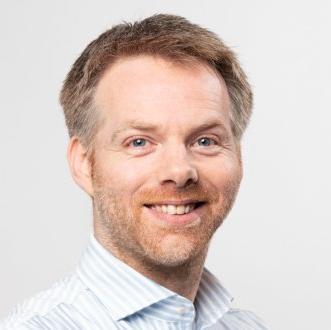 |
Ir Bart ROEFFEN
Co-founder
Blue 21, The Netherlands
Topic:
Upscaling floating structures technology for climate resilient urban development to address land scarcity
Date: 6 July 2023
Time: 14:30 – 15:00
|
|
Abstract:
The potential of floating structures to provide climate resilient living space has recently been acknowledged by the United Nations and IPCC. Rapid urbanization, rising food demand, land degradation and increasing biofuel demand are putting pressure on available land, while coastal areas are under increasing threat by sea level rise. Floating structures provide a climate-proof solution that is more sustainable than traditional land reclamation. These structures consist of a buoyant foundation (substructure) which can support infrastructure, public space and buildings (superstructures). The technical feasibility of small-scale floating structures has been demonstrated in projects all over the world, supporting various functions such as housing, recreation, and energy production. However, in order to address societal challenges, this technology requires scaling up. What is needed to apply this proven technology at a much larger scale are: (1) technical and design innovations (inc. urban design, platform connections, manufacturing methods, wave&motion control), (2) integrated research (inc. governance, technical, social and ecological studies), (3) changes in government policy (e.g. spatial planning, building codes), (4) investments and financing and (5) social and political acceptance of large scale floating structures. These insights are needed to move from ‘proof-of-concept’ to ‘proof-of-scale’.
Drawing on more than 15 years of experience and by presenting floating construction projects and R&D projects, Bart Roeffen, CTO at Blue21, will illustrate the aspects above with a focus on the required technical and design innovations for the upscaling of floating structures, which is a promising technology to address land scarcity in a climate resilient way in Hong Kong.
|
_______________________________________________________________________________
Speakers
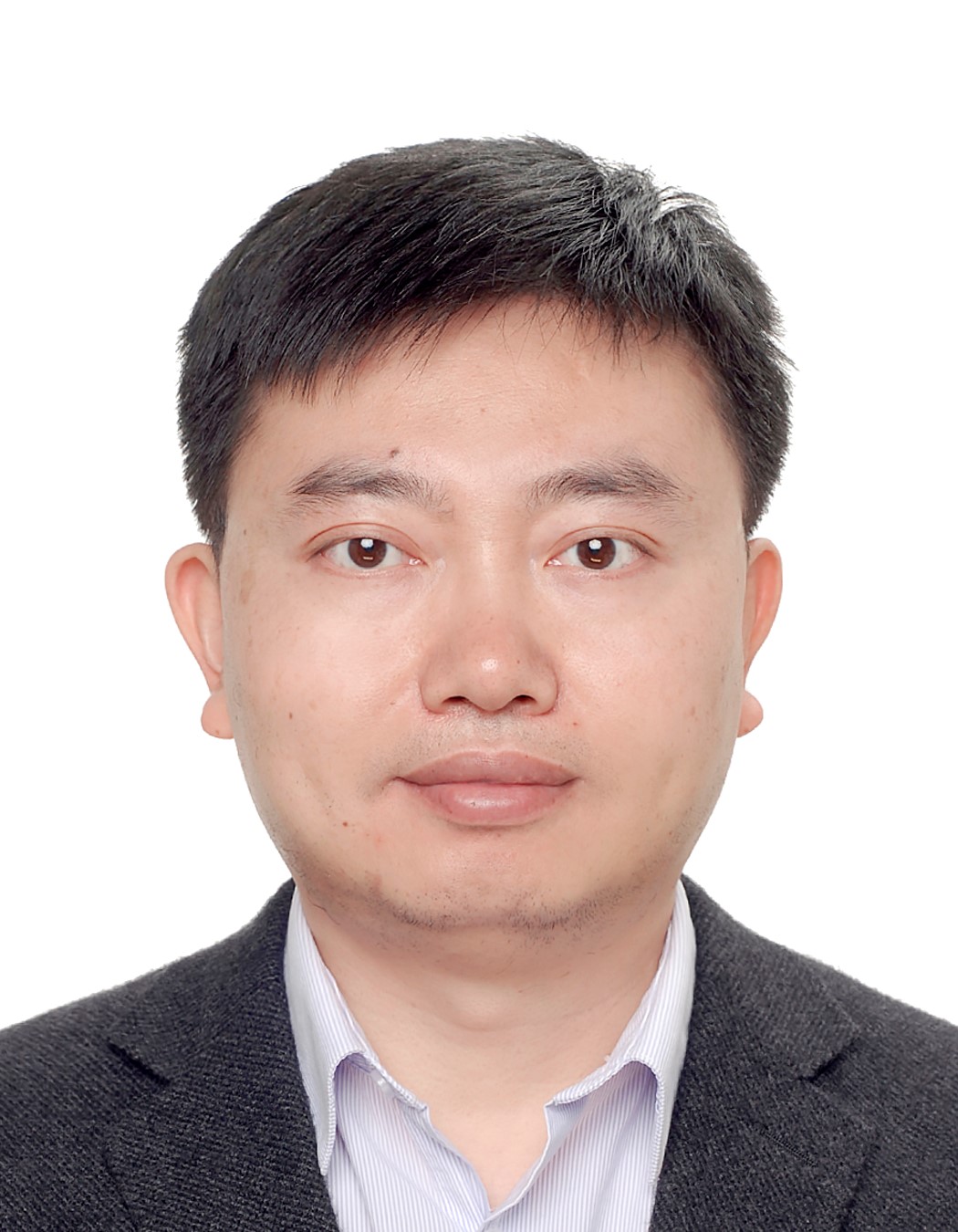 |
Prof. Bin CHENG
Professor
Department of Civil Engineering, Shanghai Jiao Tong University, China
Topic:
Advances in research and application of deep-water floating bridges
Date: 6 July 2023
Time: 15:00 – 15:30
|
|
Abstract:
The deep-water floating bridge is a kind of bridge structure which bears the dead weight and live loads with buoyancy. It has obvious advantages in the construction environments of wide and deep water, as well as weak foundation. In this report, the history of floating bridges is first reviewed, and the structural systems of floating bridges are summarized. Furthermore, the researches and applications of deep-water floating bridges are introduced by focusing on the structural dynamic response, field monitoring, floating deep-water foundation, as well as the vibration and fatigue of anchor cable. The future research directions of the deep-water floating bridge are also recommended.
|
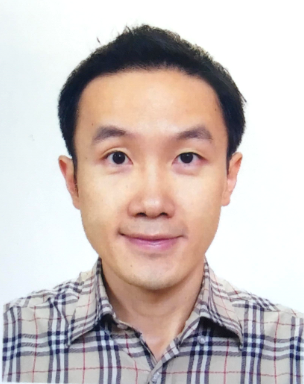 |
Ir Raymond IP
Deputy Head of the Sustainable Lantau Office
Civil Engineering and Development Department, Hong Kong
Topic:
Possible Floating Structures in Kau Yi Chau Artificial Islands
Date: 6 July 2023
Time: 15:30 – 16:00
|
|
Abstract:
Kau Yi Chau Artificial Islands (KYCAI) will provide about 1 000 hectares of land for meeting part of the medium to long-term land requirement in Hong Kong. It is located at a strategic position within the expanded Harbour Metropolis, providing an ideal opportunity to plan a new set of transport infrastructures with a view to improving Hong Kong’s overall transportation network.
The KYCAI comprises three islands, which forms a Y-shaped channel separating the islands. The Y-shaped channel can effectively cope with the impact of reclamation on water quality and ecology by maintaining sufficient water flow velocity in the nearby waters.
To minimise the disturbance of seabed and the associated ecological impact, floating structures would be actively explored in the course of design development. A pilot trial of floating structure is being implemented at Tung Chung East reclamation area in collaboration with the Hong Kong Polytechnic University, which will pave the way for its possible applications in the future KYCAI.
|
_______________________________________________________________________________
Invited Keynote
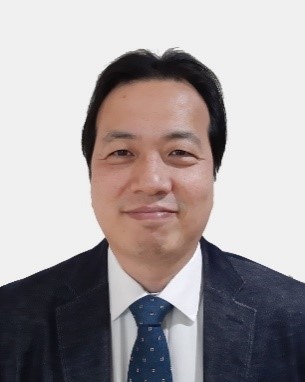 |
Dr Kwanghoe JUNG
Professional Engineer and Chief Researcher HYUNDAI Engineering & Construction, Korea
Topic:
Design and Construction of the Concrete Floating Pier in Golden Harbor, Incheon
Date: 6 July 2023
Time: 16:20 – 16:50
|
|
Abstract:
There are two 200m long floating piers for berthing car ferries in Golden harbor, Incheon, South Korea. Each floating pier has almost same dimensions but these piers are made of steel and concrete, respectively. This paper focus on the design and construction of a concrete floating pier. In the design, it was proposed as an alternative instead of a steel floating pier having two inner moorings and separated three parts (L: 66m×3ea). So it was composed of only one structure (L: 200m) without inner mooring dolphins, not only to maximize the use of top-side space but also to minimize the number of mooring dolphins. In the construction, the modular construction method fabricating concrete segments on land and assembling them as modules on the seawater was applied instead of the conventional method using a big floating dock not only to increase the construction efficiency but also to enhance the concrete quality of modules. More detail considerations of this design and construction are explained in this paper.
|
_______________________________________________________________________________
Speaker
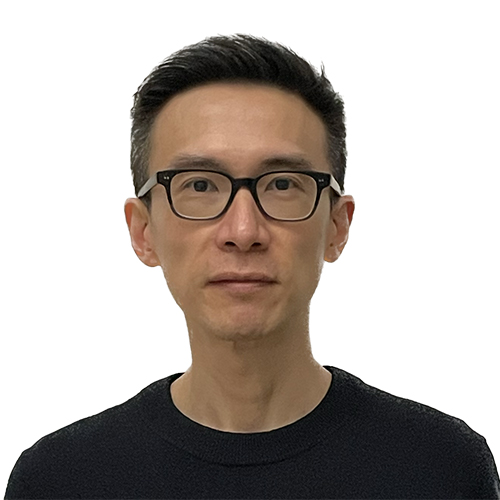 |
Mr Rick LAM
Co-founder and Director
Architecture Commons, Hong Kong
Topic:
Green on Blue – Alternative Development Strategy via Pontoons in Hong Kong
Date: 6 July 2023
Time: 16:50 – 17:20
|
|
Abstract:
The city of Hong Kong throughout history owes much of her development and prosperity to the surrounding bodies of water. From the macroscopic relationship with the Pacific Ocean to the strategic position at the mouth of the Pearl River Delta / Greater Bay Area, water continues to sustain our region in terms of food, economy, and climate conditioning. We have entered the era where sustainability should be the foremost concern of development, and given the ecological and economic burden imposed by landfill, alternative strategies such as pontoon should be considered to lower the impact to our coastlines and water bodies. In our study, pontoon is not merely a land making solution but rather it is filled with opportunities to enhance greening and availability of open space, conserve coastal biodiversity, promote active lifestyle, and all in all, elevate the living standards for both land bound and water bound neighbourhoods. This presentation will explore the conceptual technical aspects of pontoon settlement and human centric design strategies that can re-define our city’s relationship with the precious water bodies.
|
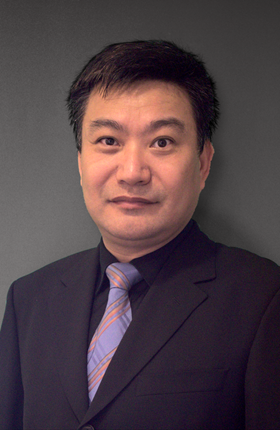 |
Prof. Zhen-yu YIN
Professor
Department of Civil and Environmental Engineering, The Hong Kong Polytechnic University, Hong Kong
Topic:
Offshore caisson foundation in sand: from numerical modelling to macroelement design tool
Date: 6 July 2023
Time: 17:20 – 17:40
|
|
Abstract:
This work deals with the response of caisson foundations in sand for offshore wind turbines submitted to combined monotonic and cyclic loadings. First, the failure process and failure envelope (or bearing capacity diagram) of a caisson foundation in sand under combined monotonic loadings is numerically investigated. A Combined Lagrangian-Smoothed Particle Hydrodynamics (CLSPH) method is adopted to consider large deformation. A recently developed critical state model for sand (SIMSAND) is then introduced and combined with the CLSPH method. Different parameters affecting the shape and size of the failure envelope are considered, as soil density and stiffness, friction strength, grain breakage, geometry and aspect ratio of the foundation. An analytical formula is introduced to describe the 3D failure surface reproducing the numerical results. Based on the proposed analytical formula, a macro-element for the caisson foundation in sand submitted to monotonic and cyclic loadings is finally developed within the framework of hypoplasticity. Validation is provided through comparison with experimental results.
|
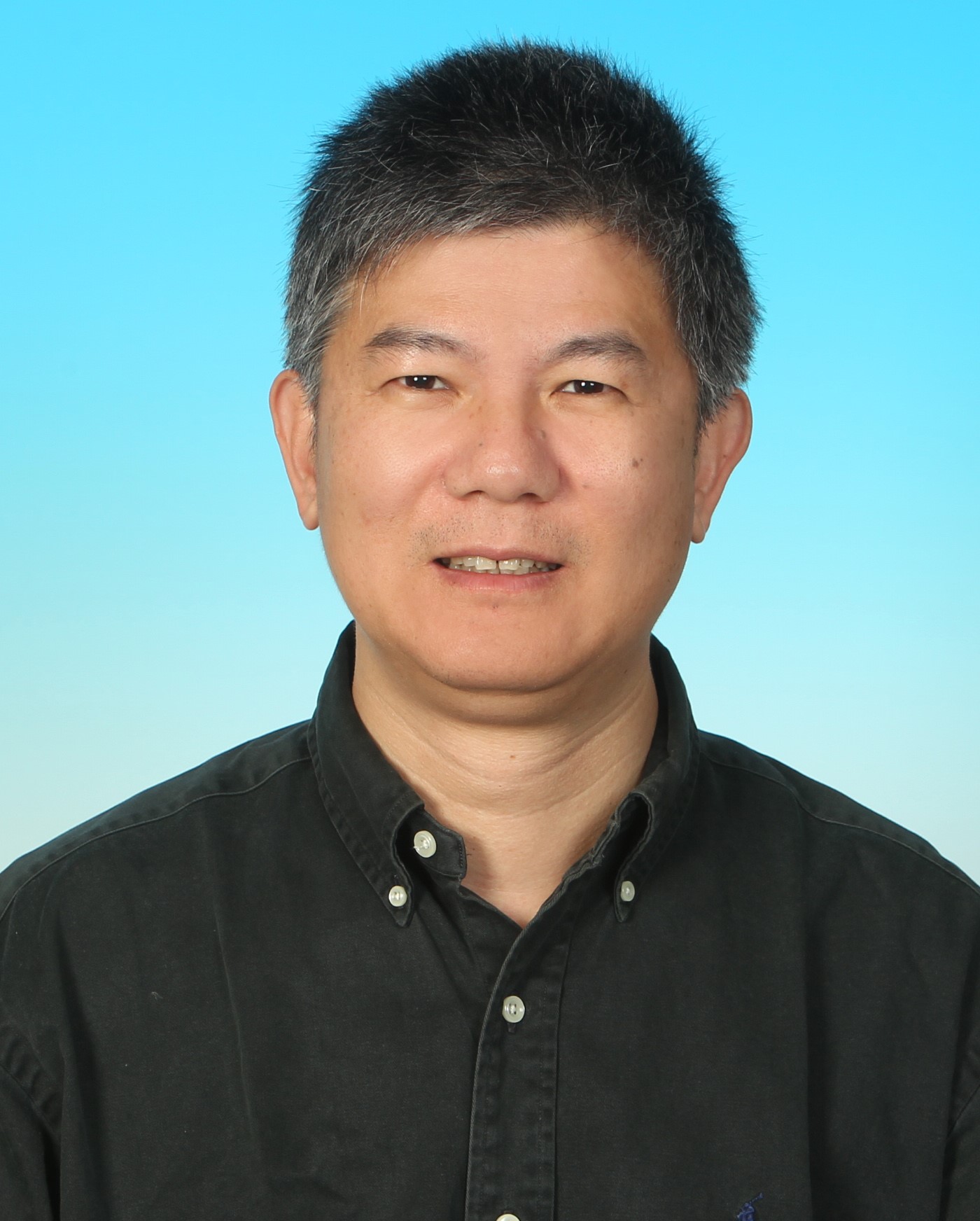 |
Prof. Hongbin LIU
Chair Professor
Department of Ocean Science, The Hong Kong University of Science and Technology, Hong Kong
Topic:
Main environmental issues associated with floating structures
Date: 6 July 2023
Time: 17:40 – 18:00
|
|
Abstract:
A large floating structure on aquatic systems will undoubtedly affect the surrounding environment, which could be both positive and negative. On the positive side, it may provide habitats for marine fish and benthic fauna. The presence of the submerged surfaces of floating objects in water bodies provides large underwater surfaces that become available for filter feeders and other benthic organisms to colonize; they filter out suspended plankton, leading to less turbid and clean water. On the negative side, studies show lower dissolved oxygen concentrations and higher temperature measured underneath the floating structures. The decomposition of bio-depositions of dead organisms increases the oxygen demand and nutrient/carbon load at the bottom of the water body, which could lead to deterioration in water quality. The changes to the habitat conditions may lead to undesired proliferation of invasive species that take over the existing ecosystem. Moreover, the floating structure may dampen or alter the water current, promoting sedimentation. Finally, pollutant released from the structure and human activity may affect the water quality around the floating structure. However, the quantitative and long-term environmental impact of floating structures on aquatic systems is still lacking.
|
_______________________________________________________________________________
Invited Keynote
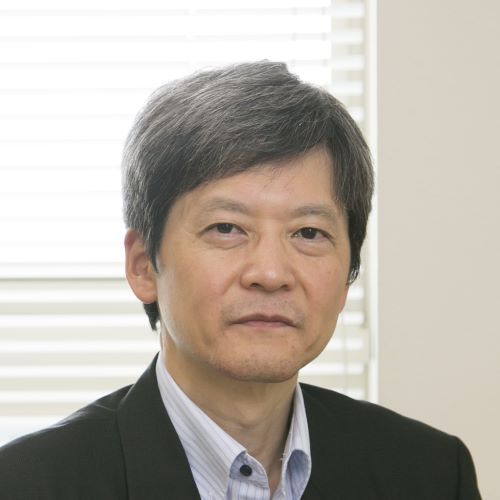 |
Prof. Tomoaki UTSUNOMIYA
Professor
Department of Marine Systems Engineering, Kyushu University, Japan
Topic:
Examples of Floating Infrastructure in Japan - Yumemai Floating Bridge in Osaka and Floating Offshore Wind Turbine in Goto Islands
Date: 7 July 2023
Time: 09:00 – 09:30
|
|
Abstract:
Floating structures may be utilized as important civil infrastructures. In this talk, two such examples in Japan will be presented. The first one is “Yumemai Floating Bridge” in Osaka bay. This floating bridge is an arch bridge having two rectangular pontoons. It has a unique feature that can open the navigation channel by swinging around a pivot axis in case of accident in the channel. The second one is “Spar-type Floating Offshore Wind Turbine” in Goto Islands. This is the first grid-connected floating wind turbine in Japan (and in Asia-Pacific). It mounts 2-MW wind turbine whose rotor diameter is 80 meters. It is the outcome of the demonstration project by Ministry of the Environment, Japan. The outline of the demonstration project will also be given.
|
_______________________________________________________________________________
Speaker
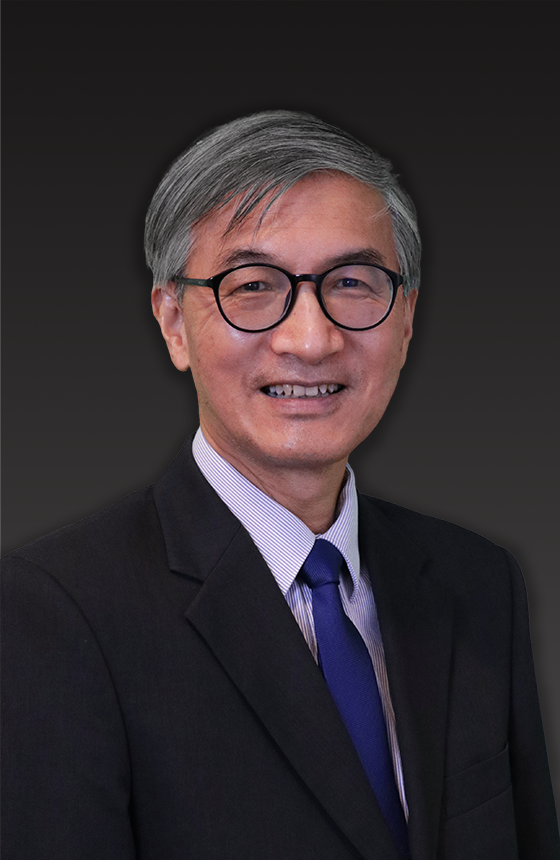 |
Ir Prof. C.S. Poon
Michael Anson Professor in Civil Engineering;
Chair Professor of Sustainable Construction Materials;
Head of Department of Civil and Environmental Engineering;
Director of Research Centre for Resources Engineering towards Carbon Neutrality;
The Hong Kong Polytechnic University, Hong Kong
Topic:
Light-weight High-Performance Concrete for Floating Structures
Date: 7 July 2023
Time: 09:30 – 10:00
|
|
Abstract:
Developing floating structures is a promising strategy to alleviate the land shortage in Hong Kong. This paper aims to introduce a novel method to design low-carbon high-performance, lightweight concrete (HPLC) towards efficient application for floating structures. To enhance the mechanical properties and durability of lightweight concrete, three strategies have been attempted: the use of a good-quality binder matrix, the selection of proper lightweight materials, and the addition of fibres. An ultra-high-performance cementitious composite (UHPC) was used as a binder to combine with different types of lightweight aggregates (LWA), which produced an HPLC with high structural efficiency, good thermal insulation, low autogenous shrinkage and permeability. In addition, micro-sized hollow glass microspheres were used to design a new ultra-high-performance, lightweight concrete (UHP-LWC) with high structural efficiency (compressive strength > 120 MPa, density ≈ 1800 kg/m3). Using glass microspheres with a highly stiff shell improved the fundamental properties of the UHP-LWC, including thermal insulation, sound absorption, resistance to water ingress and electrical resistivity.
|
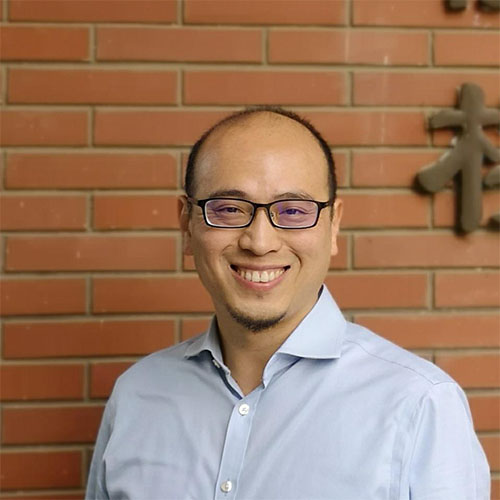 |
Prof. Peng FENG
Professor
Department of Civil Engineering, Tsinghua University, China
Topic:
Novel FRP Prestressed Concrete Assembled Floating Structure like Bamboo Raft
Date: 7 July 2023
Time: 10:00 – 10:30
|
|
Abstract:
With the economic development of coastal cities and the progress of ocean engineering technology, offshore platform will enter a rapid growth. In order to improve the construction efficiency of offshore engineering and extend the service life of offshore platforms, a novel fiber-reinforced polymer (FRP) prestressed concrete assembled floating structure like bamboo raft is presented. The concept is a new VLFS type emerging from bamboo rafts, a traditional Chinese transport. Longitudinal bamboo is replaced with concrete pipes and transverse bamboo is replaced with connecting beams. Corrosion-resistant FRP composites are utilized to improve life span. Compared with traditional VLFS, the new structure has the following advantages: high design freedom, outstanding durability, low crack control level, and high efficiency in construction. In this presentation, the structure and construction scheme of the assembled floating structure will be introduced in detail. Further, the structural performance calculated by structural analysis and hydrodynamic analysis will be discussed. Structural analysis is conducted under prestressed and hydrostatic condition using finite element method. Hydrodynamic analysis is conducted under different wave directions, wave periods and structure sizes using FE-BE method.
|
_______________________________________________________________________________
Invited Keynote
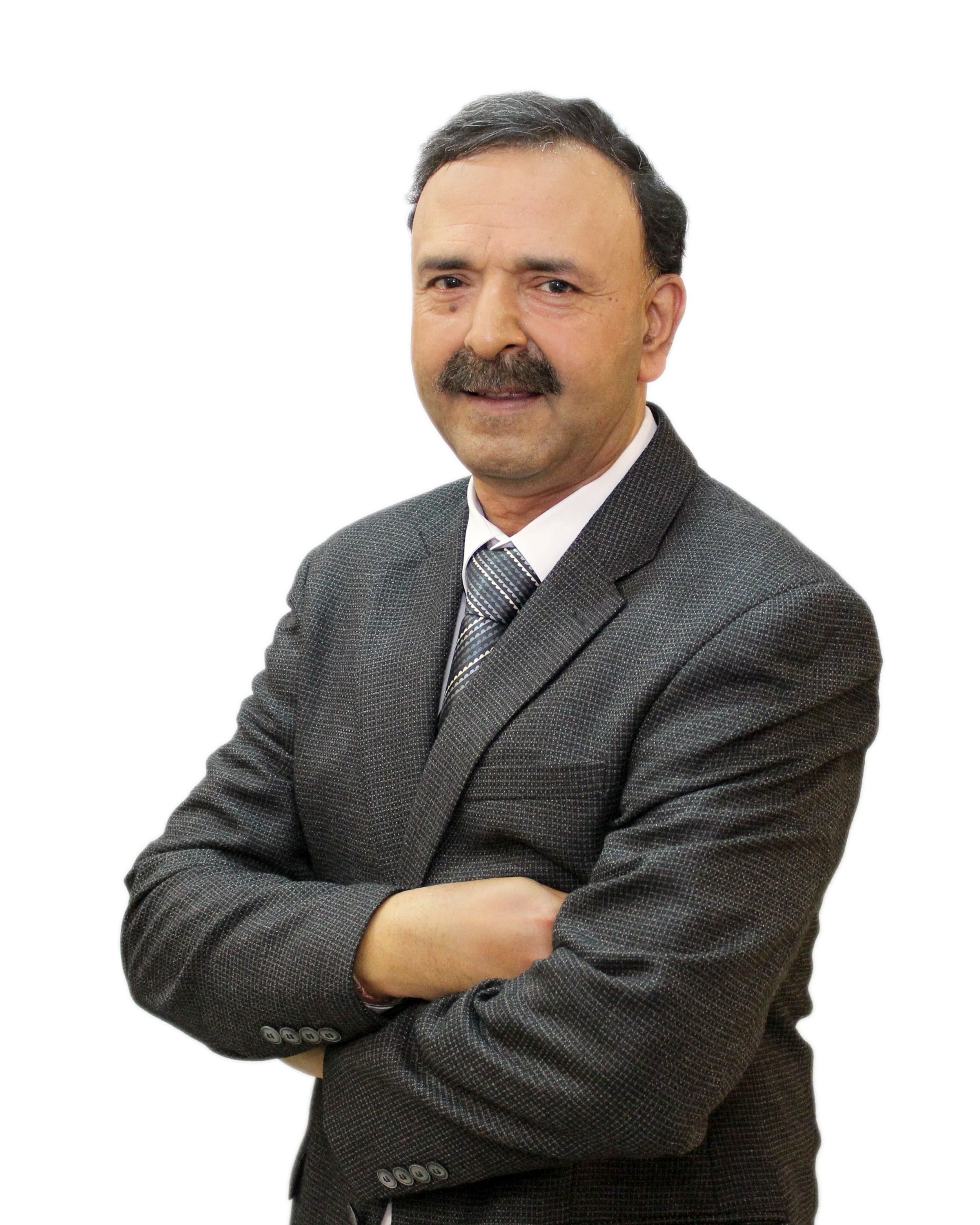 |
Mr Anil THAPAR
Executive Director
Paaras Marine Solutions Pte. Ltd, Singapore
Topic:
Trends of Application of Floating Structures in South-East Asia
Date: 7 July 2023
Time: 10:50 – 11:20
|
|
Abstract:
Proximity to water, whether coastline or riverbanks, has influenced development of civilisations. Rivers and oceans addressed food security aspects such as irrigation for agriculture and fishing as well as connectivity for trade to other population centres. Floating structures have traditionally been used in South-East Asia for various applications. These range from floating markets in Thailand to floating houseboats in South-East Asian countries.
Given the changes in key drivers such as increase in population with resulting higher demand for land and rising sea levels that is impacting coastal societies, new trends are emerging for application of Floating Structures. These applications are being developed to address different requirements such as industrial, habitation, food security or even social. Inherent advantages of floating structures over land based fixed structures e.g., flexibility about relocation to different sites, scalability, ability to withstand effects of climate change such as rise in sea water levels are being realised in recent times. Positive environmental impacts with improved sustainability options are part of the trend of applications of floating structures.
|
_______________________________________________________________________________
Speakers
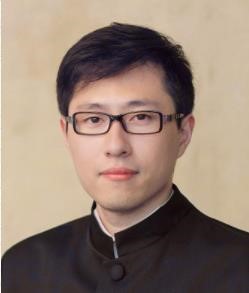 |
Prof. Xin WANG
Professor of School of Civil Engineering;
Vice President of Institute of Urban Engineering Science and Technology;
Southeast University, China
Topic:
Design and development of coiled FRP rope for offshore platform
Date: 7 July 2023
Time: 11:20 – 11:40
|
|
Abstract:
To overcome the limitations of conventional steel rope such as heavy self-weight, corrosion and synthetic fiber rope, including ease of wear and large creep rate for the lifting systems in offshore platform, the FRP rope is developed to achieve corrosion resistance and superior long-term performance. However, conventional FRP although shows superior strength and stiffness along the fiber directions, it is very difficult to be coiled due to the limitation of the matrix and fiber layout direction, which makes it not suitable to be lift system rope. The studies from the matrix of fiber and twisting of single tendon of the rope were conducted to overcome above disadvantages. The different toughening materials, twisting length, layout of tendons were studied by experiments and FEM focusing on their mechanical properties and coiling behaviour. The results show that by using toughening material, the elongation of the matrix of FRP can be enhanced around 30% and their elastic modulus is lowered 47% compared to the control EP resin, which makes FRP easier to be bent. The strength and modulus of FRP with modified resin maintain constantly with the control one while the bending performance shows significant improvement. The strength of the rope exhibits increase with the increase of twisting length. By using FEM simulation, the relationship among the mechanical properties and friction coefficient, single tendon diameter, twisting length and layout are clarified. As a result, the coiled FRP rope are developed which achieves a tensile strength of 80-90% compared to conventional FRP cable and coiling diameter decrease from 150 to 20 times of the diameter.
|
 |
Prof. Xiao Lin ZHAO
Chair Professor of Civil Infrastructure
Department of Civil and Environmental Engineering, The Hong Kong Polytechnic University, Hong Kong
Topic:
Developing Floating Structure Technology (FST) for Hong Kong’s Sustainable Growth and Liveability
Date: 7 July 2023
Time: 11:40 – 12:00
|
|
Abstract:
This talk presents a vision for developing Floating Structure Technology (FST) for Hong Kong’s sustainable growth and liveability. It highlights the key features of FST, particularly the adoption of a hybrid approach combining both floating structure solutions and conventional land reclamation for the creation of habitable land from the sea. The challenges and opportunities in deploying such a hybrid solution will be addressed. These include innovative and durable materials; optimal floating platforms to carry a range of superstructures designed to meet various spatial programmatic and functional requirements and sites at different water depths; connection systems; stability of floating structures; the ecological and environment impacts; and obtaining social acceptance.
|
















